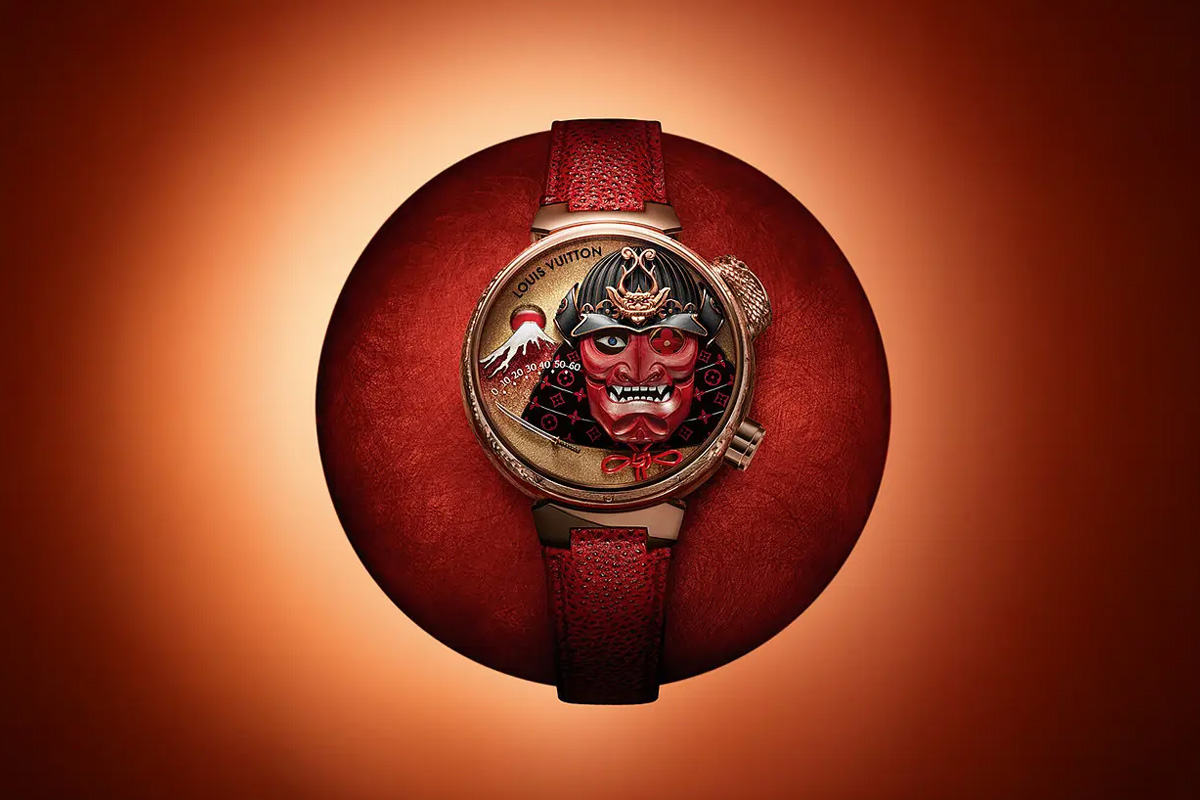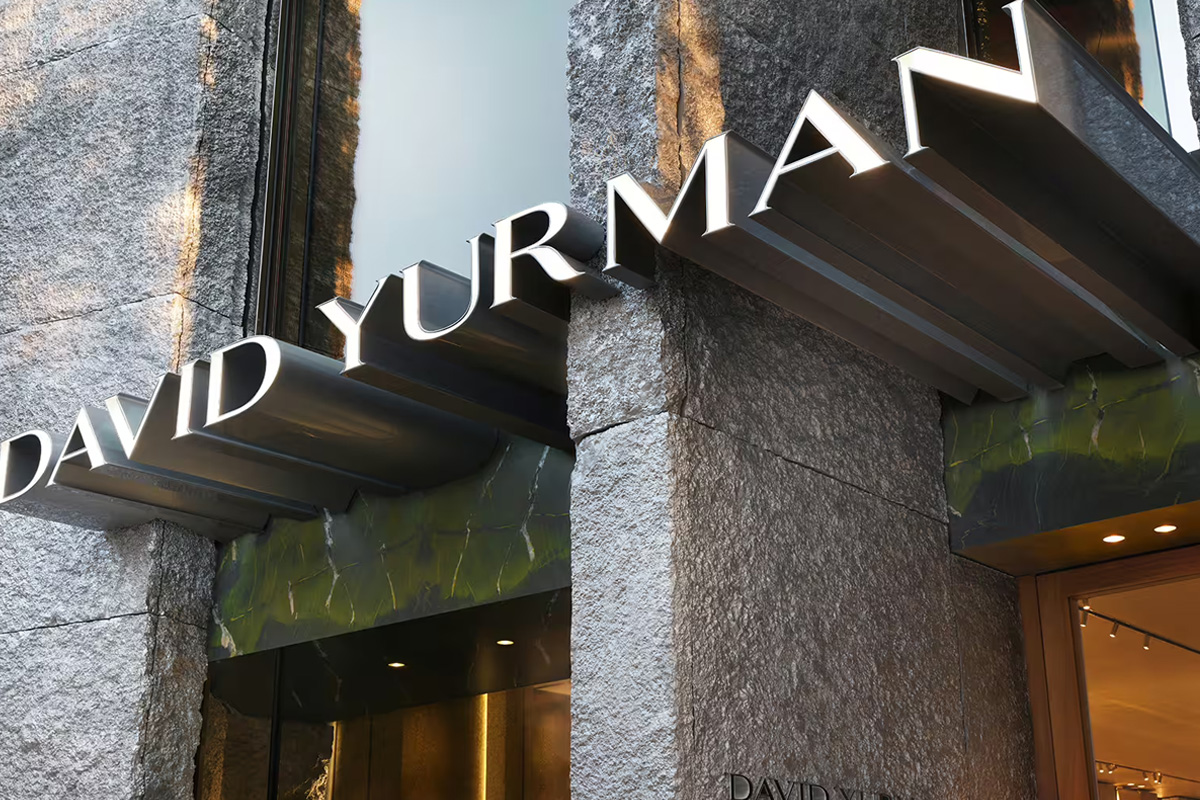Global Art Sales Contract by 12% - A Market in Transition, Not Retreat
Fine art feels like it’s hitting a twist in its journey, almost as if it’s reflecting the shifting moods of our times. After two spirited years, the global art scene now finds itself in a sort of readjustment—global sales, for instance, slipped by roughly 12% last year to about $57.5 billion, as noted in the 2025 Art Basel and UBS Global Art Market Report. It isn’t so much a tale of decline as it is one of change.
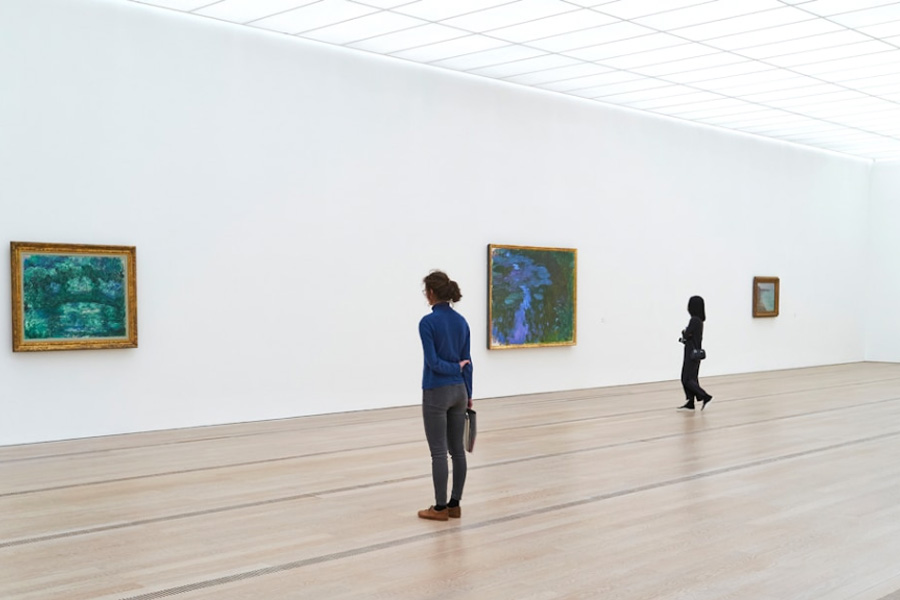
Beneath those stark figures, there’s a quiet reinvention taking place. New collectors are emerging in surprising ways, and once-dormant local fairs are popping up, scattering fresh chances here and there. For anyone who cares about art—whether you’re collecting, investing, or simply enjoying it—it might be time, in most cases, to reconsider your approach and catch onto these subtle shifts in market vibes, tastes, and values.
The Art Market at a Glance
United States Remains Steadfast, While the U.K. Surpasses China
Even though the U.S. slipped to $24.8 billion—a roughly 9% drop from last year—it remains at the very heart of the global art scene, capturing about 43% of all sales. For decades, American collectors and institutions have mixed genuine cultural passion with smart, even shrewd, money moves; generally speaking, this blend has made the country a preferred spot for many high net worth buyers.
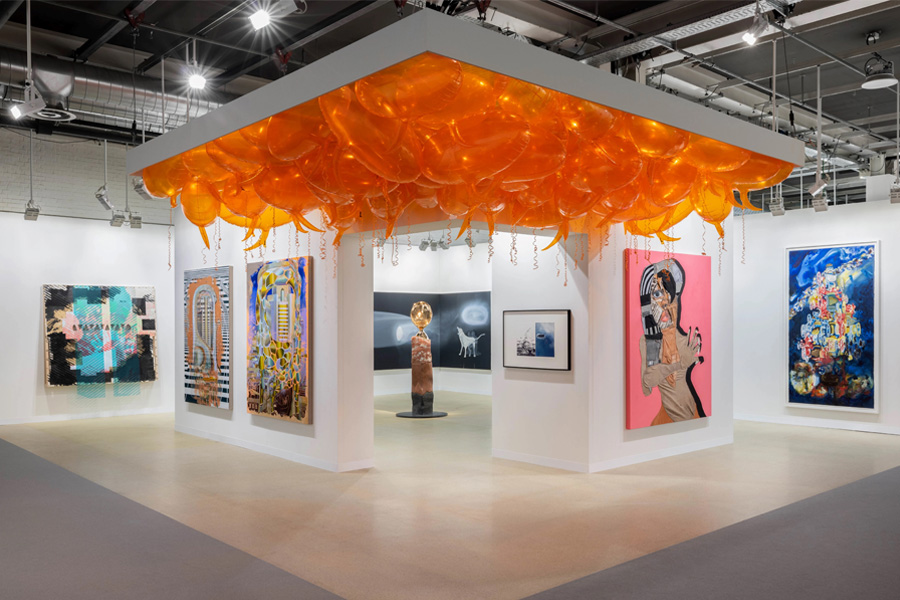
Over in the United Kingdom, things unfolded in an unexpected way. The U.K. reclaimed its rank as the world’s second-biggest art hub—surpassing even China—with sales hitting nearly $10.4 billion (that’s about an 18% share of the worldwide market). Its comeback seems tied to a long tradition of legacy collecting and an art trading scene that’s both storied and cleverly orchestrated. Meanwhile, China, still wrestling with economic uncertainty, saw its art market shrink by 31%, which trimmed its global slice down to just 15%.
France, rounding out the quartet, notched up $4.2 billion in sales. It continues to play a dual role, guarding treasured modernist masterpieces while also nurturing fresh and influential art movements—even as the market, in most cases, keeps shifting in unexpected ways.
Volume Up, Value Down
While 2024 art sales declined in monetary value, a 3% increase in transaction volume tells an intriguing tale. This divergence reveals a broadening participatory base, as emerging collectors enter at the lower and mid-market tiers, where works priced below $50,000 now dominate activity.

For seasoned investors, this signals dual opportunities:
- Watch for undervalued blue-chip pieces in the high-end market where activity has slowed.
- Explore emerging talent in the mid-career segment, where fresh voices and dynamic movements hold the promise of strong appreciation.
Significantly, 44% of dealer clients in 2024 were first-time buyers, underscoring the generational shift reshaping how art is consumed and valued.
Digital Experiences Redefine Collecting
Digital curation keeps surging ahead even though the online auction buzz has lost some of its luster. In 2024, art sold online dipped by about 11% – roughly $10.5 billion in total – which, in many cases, signals a slowdown in that particular channel. Still, galleries and dealers embracing direct collector deals have seen a livelier response, especially from new market entrants who seem to favor more personal, hand-picked interactions.
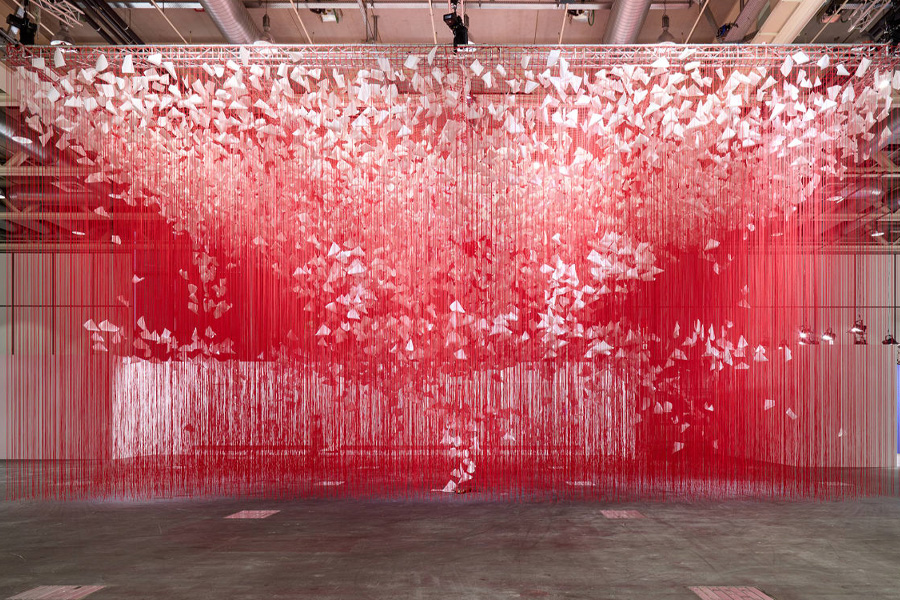
Ultra High Net Worth Individuals – those who now account for over half of the art market’s value – are increasingly turning to digital means for their purchases. Generally speaking, around 43% of these collectors transacted online in 2024, which clearly shows that digital tools aren’t merely an add-on; they’re pretty much at the center of today’s art-buying habits. It’s interesting how ease of access and investment-grade purchases now go hand in hand with digital convenience.
On a broader note, this shift hints at a profound rebalancing of the art scene. Buyers are leaning more toward genuine, customized experiences rather than joining vast, impersonal auctions or settling for mass-market offerings. There’s even a notable rise in diversity – about 41% of the art offered by dealers in 2024 came from female artists, which marks roughly a 6% increase since 2018. This mix of digital savvy and a thirst for authenticity seems to be reshaping the way art is collected today.The Revival of Art Fairs
For the world’s discerning collectors, in-person art fairs have returned as indispensable hubs of commerce and culture. Events such as Art Basel Hong Kong are witnessing a growing convergence of seasoned art patrons with younger, digitally native buyers eager for tactile experiences and valuable networking opportunities.

No longer just market spectacles, art fairs serve as paths to exclusive access. 31% of dealers in 2024 cited fairs as their primary source for client acquisition. Whether it’s uncovering off-market treasures or securing first-edition works, attending the right fair remains a critical strategy for the elite collector intent on acquiring rarefied pieces.
Seizing Opportunity in Transformation
Rather than signaling retreat, this recalibration of the art market reveals its vibrant adaptability. The Art Basel and UBS Global Art Market Report 2025 highlights a world evolving with inclusivity, sophistication, and digital innovation. Despite declining sales in some sectors, total sales show resilience, with transaction volumes increased for the second consecutive year. This mix of global trade, online sales, and private sales demonstrates the art market’s ability to adapt to uncertain times.
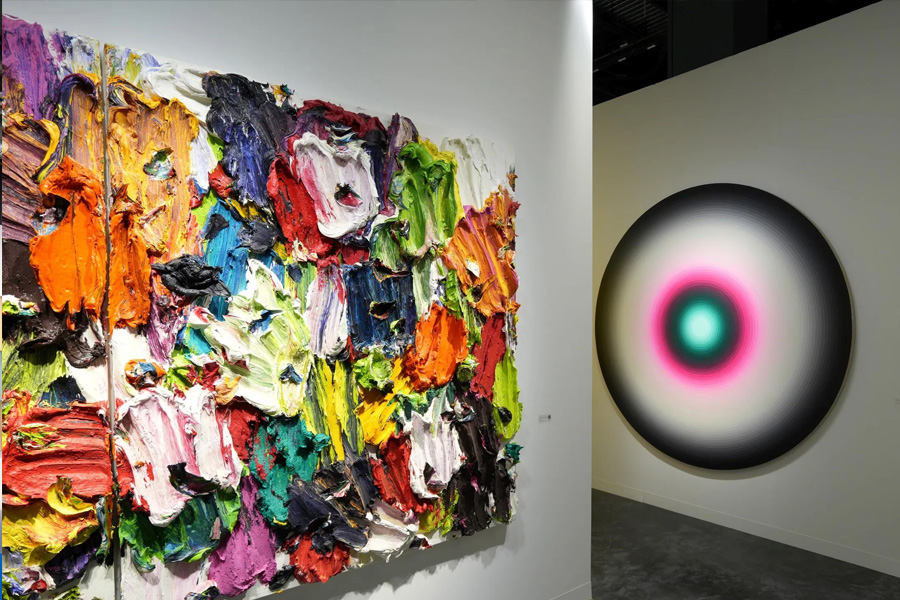
Key strategies for collectors and investors to thrive in this shifting landscape include:
- Adopting Digital Platforms Wisely: With online sales accounting for a growing share, new technologies like artificial intelligence offer e-commerce opportunities. Digital platforms that foster trust and context are driving the global art market forward.
- Focusing on Emerging Artists: Many collectors, especially first-time buyers, are prioritizing female artists, modern works, and rising stars from underrepresented communities. This shift in buyer behavior offers both cultural relevance and long-term value.
- Engaging in Networks: From art fairs to major auction houses, participation in the art world remains essential. Fair participation and connections with smaller galleries and smaller dealers uncover unique opportunities, even as the high-end market continues to grow post-pandemic.
For high-net-worth individuals, art ownership transcends wealth creation—it’s about stewarding a legacy. The UBS survey reveals that middle eastern markets, eco-conscious trends, and a global collecting base are shaping new opportunities. Meanwhile, post-war and contemporary art are maintaining strong demand at major auction houses like White Cube.
Despite challenges like interest rates and environmental concerns, the art market’s adaptability continues to capture a global audience. With a slight increase in global sales, arts economics show that new opportunities, pre-pandemic levels of growth, and innovative tax breaks are stabilizing the sector. By embracing key trends such as digital innovation, environmental impact reduction, and exploration of the new generation, collectors can shape what promises to be a dynamic cultural movement for years to come.
Next Era of Collecting Awaits
The global art market’s contraction, as highlighted in the Art Basel and UBS Global Art Market Report 2025, reflects broader economic waves. However, this isn’t a time for pause but for exploration. For collectors, it’s an opportunity to recalibrate priorities, tap into emerging opportunities, and align strategies with the evolving art world. Key trends such as digital platforms, online sales, and private sales are reshaping the market, with online sales accounting for a significant portion of global sales. Auction houses have also increased activity, with major auction houses driving transaction volume and total sales higher than the previous year.
As the fine art market adapts to uncertain times, collectors are navigating new technologies, artificial intelligence, and digital innovation to enhance their engagement. The rise of e-commerce has opened doors for first-time buyers, high net worth individuals, and even a new generation of collectors interested in contemporary art and emerging artists. While declining sales have been reported in some segments, there has been a slight increase in interest in female artists, smaller galleries, and sustainable practices addressing the environmental impact of the arts.
Art fairs, including Art Basel, remain vital for global trade, with fair participation helping to broaden the collector base. Smaller dealers are finding ways to thrive despite challenges, while public sales and tax breaks have provided new opportunities for market growth. Among modern and post-war art, the high-end market continues to attract established artists and collectors even as buying art becomes more accessible through online platforms.
The Art Basel and UBS report shows that one-third of sales now happen through digital channels, indicating a major shift in buyer behavior and the global audience’s preferences. With consecutive years of growth in the arts economics sector, interest rates and purchase price sensitivity have also influenced collector activity. Many collectors are keen to reframe strategies in ways that reflect the key insights of the current market—from smaller dealers to major auction houses and everything in between.
The art market today is more than just a reflection of global collecting habits; it’s a space of innovation and resilience. Whether focusing on modern art, fine art, or the middle market, the art world is embracing new opportunities and technologies to thrive. As white cube galleries and smaller spaces alike adapt to pre-pandemic levels of trade, collectors are finding third-place venues and digital platforms to explore art sales and expand their portfolios. Whether you’re one of many collectors or engaging for the first time, the question today is not just “where is the global art market going,” but rather, “how will you evolve with it?”
LATEST
POPULAR
